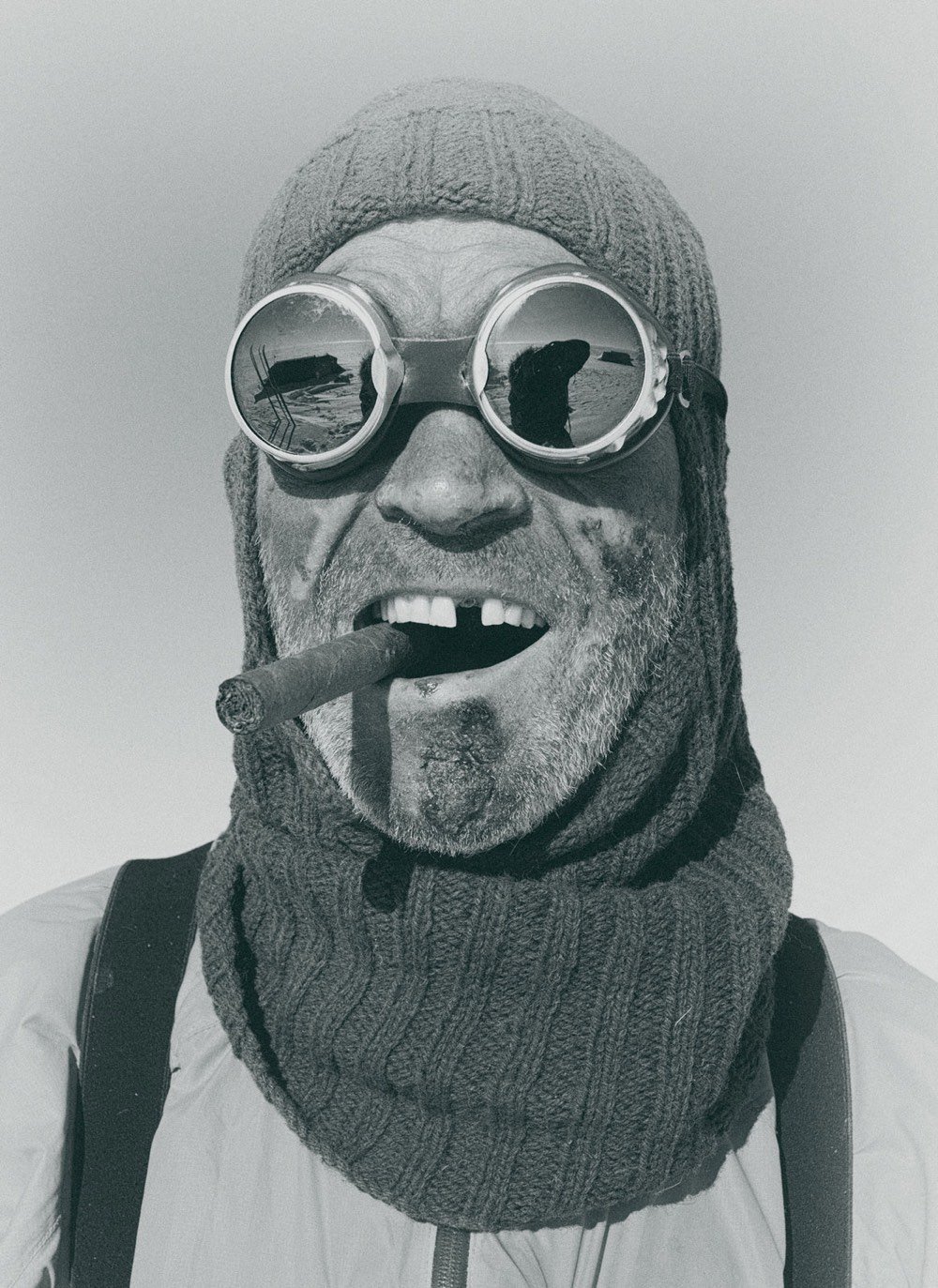The White Darkness, A Journey Across Antarctica

After a long hiatus during which he wrote The Killers of the Flower Moon, David Grann is back in the pages of the New Yorker with The White Darkness, a piece about modern-day polar explorer Henry Worsley, who attempted to cross Antartica in 2015, solo and unaided.
By the middle of January, 2016, he had travelled more than eight hundred miles, and virtually every part of him was in agony. His arms and legs throbbed. His back ached. His feet were blistered and his toenails were discolored. His fingers had started to become numb with frostbite. In his diary, he wrote, “Am worried about my fingers — one tip of little finger already gone and all others very sore.” One of his front teeth had broken off, and the wind whistled through the gap. He had lost some forty pounds, and he became fixated on his favorite foods, listing them for his broadcast listeners: “Fish pie, brown bread, double cream, steaks and chips, more chips, smoked salmon, baked potato, eggs, rice pudding, Dairy Milk chocolate, tomatoes, bananas, apples, anchovies, Shredded Wheat, Weetabix, brown sugar, peanut butter, honey, toast, pasta, pizza and pizza. Ahhhhh!”
He was on the verge of collapse. Yet he was never one to give up, and adhered to the S.A.S.’s unofficial motto, “Always a little further” — a line from James Elroy Flecker’s 1913 poem “The Golden Journey to Samarkand.” The motto was painted on the front of Worsley’s sled, and he murmured it to himself like a mantra: “Always a little further … a little further.”
This was the same trip attempted by Ben Saunders a few months ago. It’s also worth noting the Snow Fall aesthetic of the piece. What is it about winter that inspires this sort of multimedia package? Is it the white space?





Stay Connected